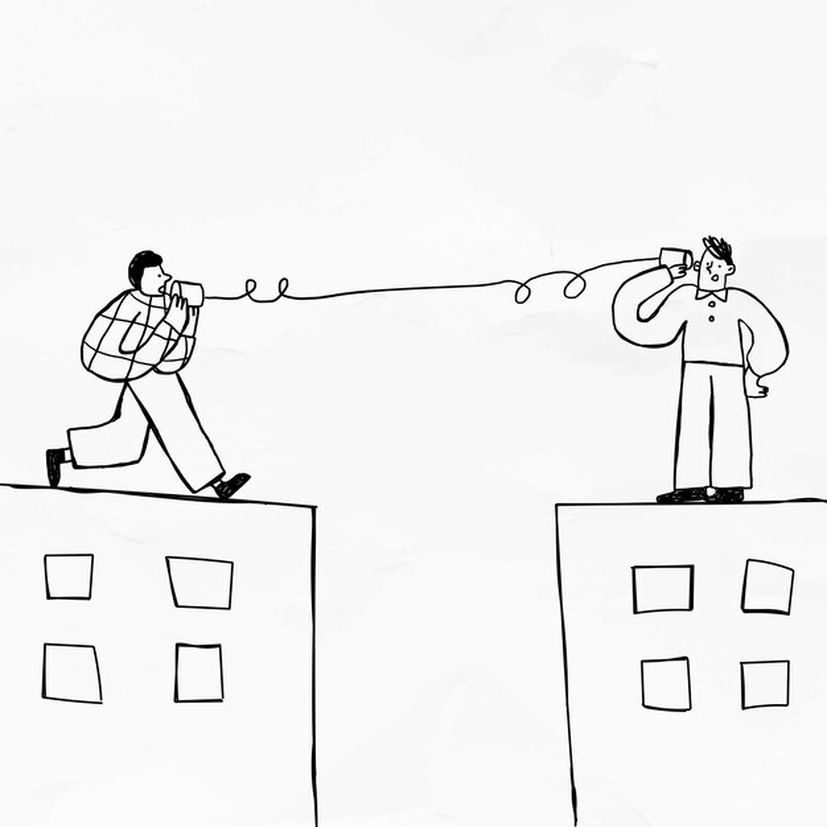Businesses are missing out on USD46 billion in sales due to bad language in Latin America
- by croatiaweek
- in Business
A recently launched report unveils that bad language is having a negative impact on Latin American consumers’ purchasing habits, resulting in billions of dollars being lost in sales.

Latin America, a region brimming with potential, is home to approximately 300 million online shoppers. This region has become a goldmine for e-commerce. With its diverse cultures, rich history and a growing middle class eager to embrace digital commerce, Latin America presents a remarkable opportunity for international businesses to thrive.
Picture this: a vast and dynamic marketplace spanning countries like Brazil, Mexico, Argentina, Chile, Colombia and Peru, where consumers are spending an average of USD 587 per year on online purchases. The numbers are enticing, and the promise of profit is tantalizing.
However, a new study reveals that, amidst this digital boom, businesses are making a costly mistake – they’re failing to connect with Latin American consumers effectively. The Bad Language report sheds light on the sentiment shaping Latin American consumers’ purchasing decisions, and the findings are mind-blowing: international businesses are losing out on USD46 billion in sales. Why? Because of bad language.
Yes, you read it right. It seems that Bad language in Latin America is not simply forgiven by Latin American consumers. In fact, sloppy translation, lack of a culturally sensitive approach and inappropriate language are pushing consumers away, resulting in billions of dollars being lost in sales.
But what is the best way to communicate with e-commerce consumers in Latin America? How can your business use language and communication to your favor to boost your sales in the region?
In this article, we’ll find the answers to these questions to better understand how bad language in Latin America is an increasingly deciding factor for success in the region, offering a sneak peek into the shocking impact of linguistic errors on consumer behavior, trust, and, ultimately, sales figures. Shall we?
The silent revenue killer: bad language in Latin America
The Bad Language report reveals some groundbreaking news into Latin American online purchasing habits, identifying some key and costly errors international businesses are making in the region: bad language is leading to lost sales.
Why is this? To better understand how Latin American consumers react to messaging and language when shopping online, the Bad Language report was conducted across six Latin American countries, gathering the opinion and feedback of more than 3,000 Latin American consumers.
Its results reveal that bad language is actually a crucial factor for success in the region.
All findings point to one key fact about bad language in Latin America: Latin American consumers place importance on messaging when considering making an online purchase.
One of the most outstanding findings of this report is that language and messaging exert a substantial influence on Latin American consumers’ trust levels and ultimate purchase decisions. In fact, an astonishing 77% of Latin American consumers have refrained from making a purchase due to language errors.
A deep look into bad language in Latin America
Now, what does bad language in Latin America refer to? The findings provided by the Bad Language report offer a deep look into the main communication and language mistakes international businesses are making in this region that are leading to missed sales opportunities.
“Bad language” encompasses communication shortcomings that hinder the ability of international businesses to connect with Latin American consumers effectively, resulting in a negative impact on consumer behavior, trust and sales. This includes sloppy translation, lack of cultural sensitivity, inappropriate language and linguistic errors.
But it’s more than just about words. Bad language extends to some key elements of the marketing message, such as imagery or even the use of foreign currencies. In fact, four out of ten people in Latin America indicated that the prices displayed in foreign currency had caused them to back out of making a purchase.
The impact of these mistakes also seems to further impact upon future purchasing decisions. More than one fifth of Latin American consumers indicated they would avoid international sites in the future if they spotted language errors and communication inadequacies. It seems clear from the report that there’s little space for consumer forgiveness when it comes to language.
Language and communication avoidable mistakes erode Latin American consumers’ trust
As evidenced by the report’s findings, Latin American consumers are highly sensitive to the way businesses communicate with them, and any misstep in language exerts a substantial influence on their trust levels and ultimate purchase decisions.
It’s a revelation that underscores the critical importance of linguistic finesse in capturing the hearts, minds and attention of Latin American online shoppers. These insights shared by the Bad Language report indicate that international businesses are failing to meet Latin American consumers expectations when it comes to communication.
Taking short-cuts such as poor or automatic translation, non-representational imagery and other avoidable mistakes is eroding Latin American consumer trust within international businesses, the bedrock of successful e-commerce, pushing consumers apart and resulting in valuable sales opportunities being lost.
45% of Latin American consumers suspect scams when confronted with text and imagery errors, leaving businesses with their reputation at risk. What’s more, 37% of respondents claimed to have opted against clicking on an online advertisement because they did not trust the link due to poor translation into their mother tongue.
Everything points to an undeniable fact about bad language in Latin America: failing to speak the Latin American consumer’s own language, in an appropriate and culturally sensitive way, has a direct and negative impact on their trust.
From ads to online search results and websites, language matters in Latin America
When it comes to language in Latin America, there is little place for forgiveness. Ignoring the linguistic and cultural diversity of the region can have a significant impact on Latin American consumers’ purchasing habits. International e-commerce businesses are losing out on an average of, ready for it, USD154 per person because their site was not good enough.
But this isn’t limited to website content alone. Bad language implications affect every facet of online communication, from online advertisements to search engine results and online articles. These powerful tools for capturing consumer’s attention in the vast realm of the online world are being wasted by international companies that fail to have an appropriate approach to language.
According to the Bad Language report, four out of five (79%) of Latin American consumers avoided clicking on search results and online advertisements due to poor messaging. What’s driving this behavior? 42% said they did not trust the company in question – yes, trust again – and 39% indicated they suspected the ad was a scam.
Taking into account that the average consumer spends less than a minute before deciding whether or not to click on an ad or search result, or to stay on a website. First impressions matter a lot. This is the deciding moment in which to capture consumers’ attention and avoid them going to competition.
In an increasingly competitive business landscape, the Bad Language report makes it crystal clear that bad language in Latin America is simply an unnecessary, costly error for international businesses operating in the region. The linguistic and cultural diversity of this region calls for a localized and culturally sensitive approach that takes linguistic considerations into account. Otherwise, businesses stand at risk of losing valuable business opportunities.
What Latin American consumers want
The Bad Language report showcases that language and cultural nuances in Latin America play a pivotal role in shaping consumer behavior when making online purchases. In an increasingly competitive business environment, international businesses operating in the region cannot simply lose valuable selling opportunities due to poor or improper language and messaging.
What this report unveils is that an accumulation of language and translation errors, and failing to have a conscious local approach, will simply push Latin American consumers away. The impact of language errors can go a long way in eroding brand loyalty: 19% of Latin American consumers will avoid buying from a company with language errors and poor translation in the future, and 14% say they have decided to purchase from a competitor instead for these reasons. It’s clear that bad language in Latin America poses quite a negative impact on business endeavors.
But knowledge is power; it’s the difference between success and missed opportunities, between soaring profits and unnecessary losses. For international companies eyeing Latin America’s booming e-commerce market, understanding the region’s unique dynamics is the first step towards unlocking its immense potential.
As true as it is that many companies are overlooking the significance of communicating with Latin American consumers through relevant and meaningful material, there’s still time to learn from the mistake. The Bad Language report can be a valuable guide to navigate the Latin American markets successfully, avoiding incurring costly and unnecessary errors that can result in valuable sales opportunities being lost.
*Sponsored article.









